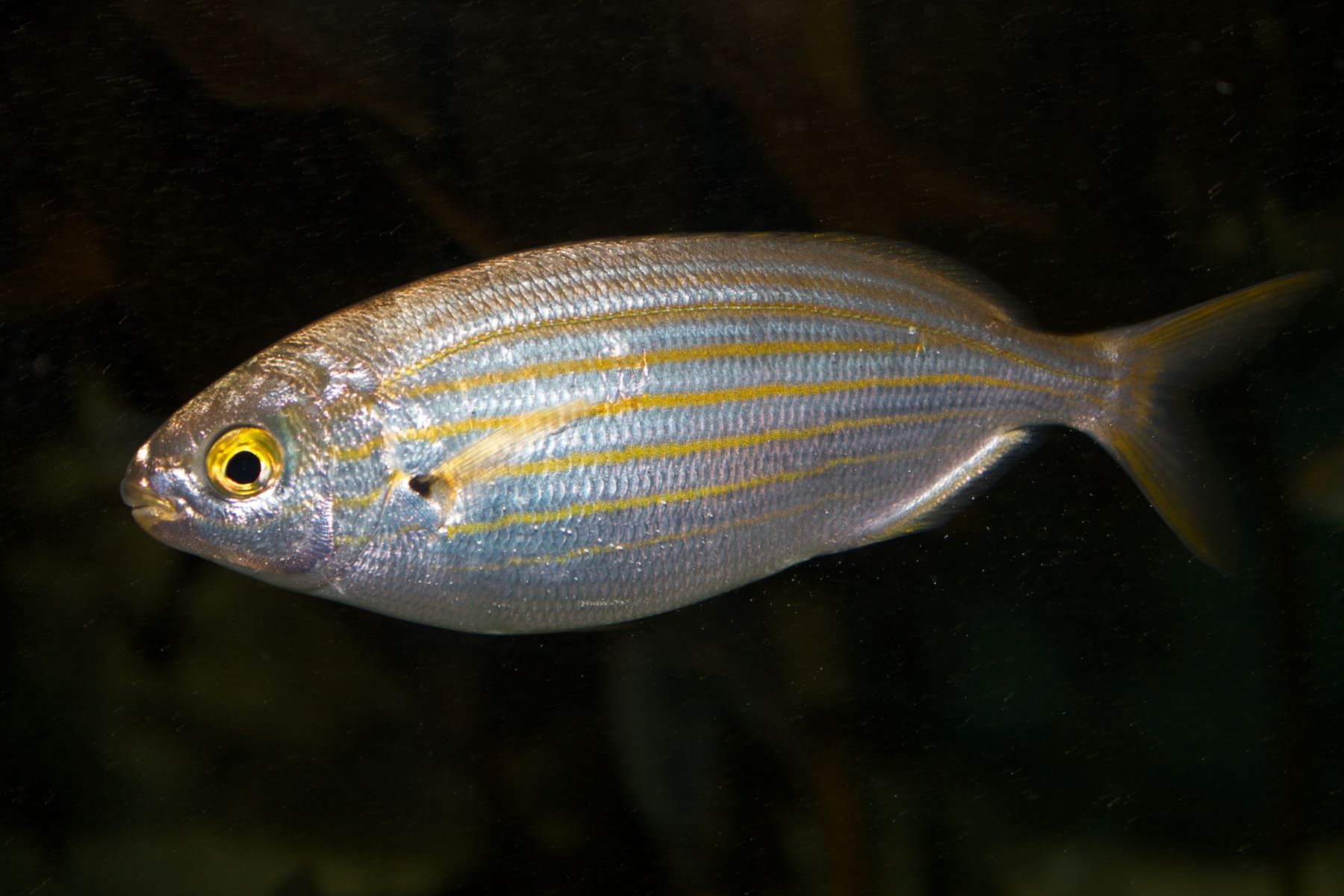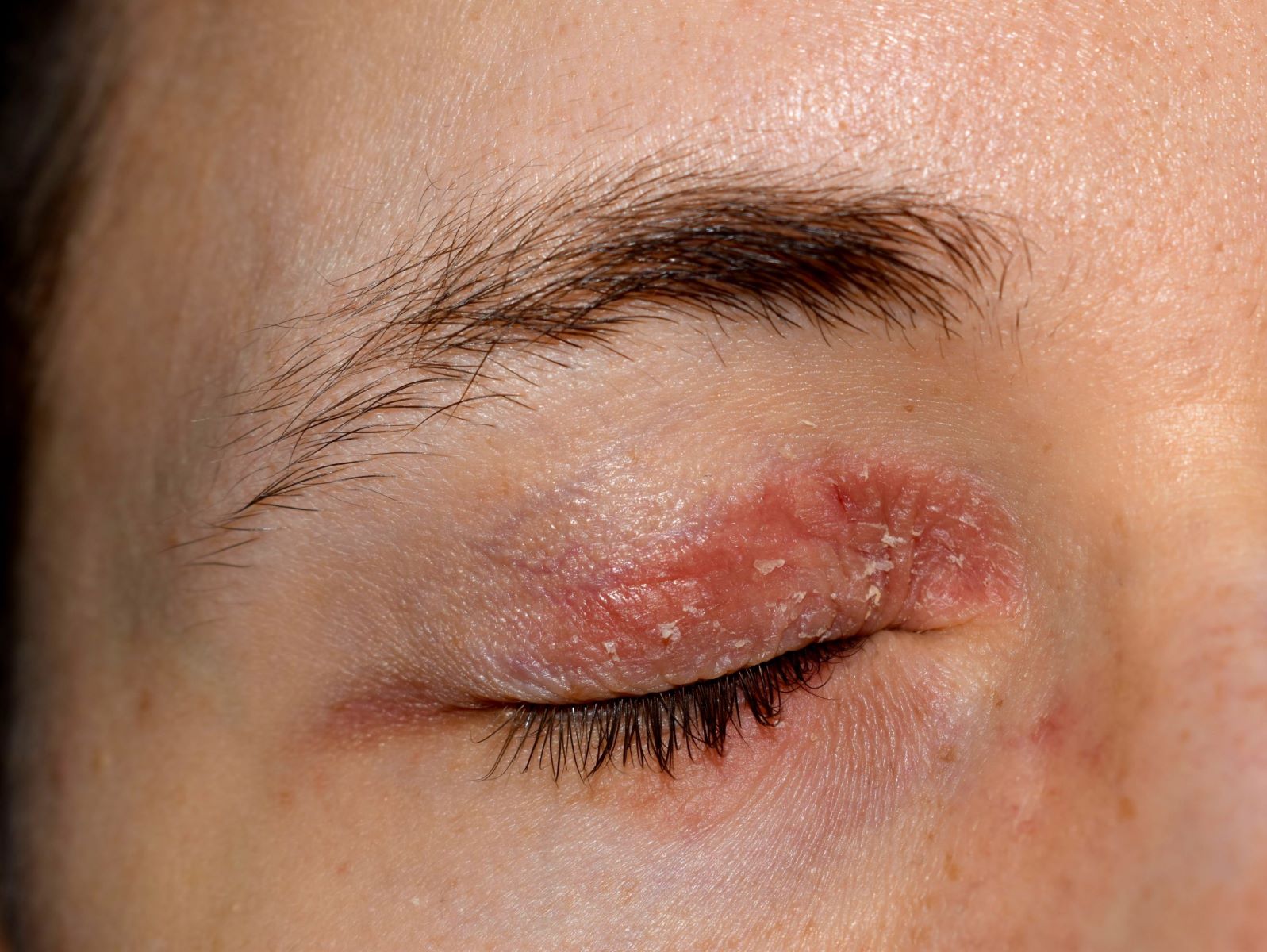
What happens when fish encounter toxic substances in their environment? Fish Acute Toxicity Syndrome (FATS) kicks in, causing rapid and severe reactions. Imagine a fish swimming peacefully, then suddenly struggling to breathe or swim straight. This isn't just a bad day; it's a life-threatening situation. Toxic substances from industrial waste, pesticides, and household chemicals can wreak havoc on aquatic life. Symptoms like erratic swimming, rapid breathing, and even seizures can appear almost immediately. Understanding FATS helps us protect these underwater creatures and maintain healthy ecosystems. Dive into these 20 facts to grasp the full impact of FATS on fish and their habitats.
What is Fish Acute Toxicity Syndrome?
Fish Acute Toxicity Syndrome (FATS) is a serious condition affecting fish when exposed to harmful substances in their environment. These toxic substances can come from various sources, including industrial waste, agricultural runoff, and household chemicals. Understanding FATS is essential for maintaining healthy aquatic ecosystems and fish populations.
-
Definition: Fish acute toxicity syndrome is a condition where fish exhibit rapid and severe physiological responses to toxic substances, often leading to death or significant morbidity.
-
Sources of Toxicity: Toxic substances that can cause FATS include industrial chemicals, pesticides, heavy metals, and other pollutants that contaminate water bodies.
-
Mechanisms of Toxicity: The mechanisms of toxicity vary depending on the substance. For example, heavy metals like mercury can accumulate in fish tissues and cause oxidative stress, while organic pollutants like PCBs can disrupt endocrine systems.
Symptoms and Effects of FATS
Fish exposed to toxic substances show a range of symptoms that can help identify the presence of FATS. Recognizing these symptoms early can be crucial for taking corrective actions.
-
Symptoms: Symptoms of FATS include rapid breathing, erratic swimming, lethargy, and changes in color or behavior. In severe cases, fish may experience seizures or paralysis.
-
Acute vs. Chronic Toxicity: Acute toxicity refers to the immediate effects of a toxic substance, while chronic toxicity involves long-term exposure leading to gradual damage.
Measuring and Testing Toxicity
Understanding how to measure and test for toxicity is vital for assessing the risks and impacts of various substances on fish.
-
LD50 Data: The LD50 (Lethal Dose 50) is a measure of acute toxicity, indicating the dose required to kill 50% of test subjects. However, this method has been criticized for its cruelty and lack of relevance to real-world scenarios.
-
Toxicity Testing: Various methods are used to test the toxicity of substances, including in vivo tests using fish models. These tests help in understanding the transport rates of chemicals across fish gills and their extraction efficiencies.
Factors Influencing Toxicity
Several factors influence how toxic substances affect fish, including the chemical properties of the substances and how they interact with fish physiology.
-
Log P Values: The octanol-water partition coefficient (log P) is a critical factor in determining the toxicity of chemicals. Substances with log P values between 1 and 3 are more likely to be absorbed by fish gills, while those with higher log P values may be less absorbed but still toxic.
-
Aqueous Pore Transport: Chemicals with log P values of 1 or less are transported through aqueous pores in the gills, leading to low extraction efficiencies. These chemicals are less likely to cause acute toxicity.
-
Lipid Membrane Control: For chemicals with log P values between 1 and 3, uptake is controlled by the lipid membrane of the gills, leading to higher extraction efficiencies.
-
Aqueous Diffusion Rates: Chemicals with log P values between 3 and 6 are absorbed through aqueous diffusion rates rather than gill membrane permeability, resulting in stable extraction efficiencies around 60%.
-
Mirex Example: Mirex, a chemical with a log P value of 7.5, shows a significantly lower extraction efficiency of 20%, indicating that its uptake is controlled by aqueous diffusion rates.
Predictive Models and Mitigation Strategies
Predictive models and mitigation strategies are essential for preventing and managing FATS in aquatic environments.
-
Rule of 2: The "rule of 2" suggests that chemicals with an octanol-water partition coefficient (log P) less than 2 and a difference between the lowest unoccupied molecular orbital and the highest occupied molecular orbital (ΔE) greater than 9 (log P9 eV) are predicted to be 4 to 5 times less likely to elicit acute or chronic toxicity to model aquatic organisms.
-
Predictive Models: Predictive models like ToxRefDB and HESS-DB are used to characterize systemic effect levels and provide a rational basis for the design of chemicals with reduced toxicity.
-
Systemic Effect Levels: Systemic effect levels refer to the concentration of a substance that causes a specific adverse effect in an organism. These levels are crucial for assessing the safety of chemicals.
Tools for Measuring Toxicity
Advanced tools and technologies help in measuring and mitigating the effects of toxic substances on fish.
-
Toxicity Measurement: Toxicity measurement involves both human evaluation and automated evaluation using tools like the Perspective API. The Perspective API processes over 500 million assessments daily, making it a prominent tool in the field.
-
Automated Evaluation Tools: Automated evaluation tools like the Perspective API are essential for detecting and mitigating toxic content generated by language models. These tools help in identifying rude, disrespectful, or unreasonable commentary that can harm individuals or groups.
Broader Implications and Environmental Impact
Understanding FATS has broader implications for environmental health and safety. It informs policies aimed at reducing pollution and protecting aquatic ecosystems.
-
Detection of Toxicity: Research focuses on detecting toxicity in language models to prevent the generation of harmful content. This includes strategies for mitigating or preventing toxic content, which is a paramount challenge in the development of large language models (LLMs).
-
Mitigation Strategies: Mitigation strategies for toxicity in LLMs include training models on non-toxic datasets, using human evaluation to correct model outputs, and integrating external knowledge sources carefully to avoid misinformation.
-
Broader Implications: Understanding FATS has broader implications for environmental health and safety. It informs policies aimed at reducing pollution and protecting aquatic ecosystems, ensuring the sustainability of fish populations and the ecosystems they inhabit.
Safeguarding Aquatic Life
Fish acute toxicity syndrome (FATS) is a serious issue affecting aquatic ecosystems. Toxic substances from industrial waste, pesticides, and household chemicals can wreak havoc on fish populations. Recognizing symptoms like rapid breathing, erratic swimming, and lethargy helps in early detection. Understanding the mechanisms of toxicity, such as oxidative stress from heavy metals or endocrine disruption from organic pollutants, is crucial. Tools like LD50 data and log P values aid in assessing chemical toxicity. Predictive models and automated evaluation tools play a vital role in mitigating these effects. By focusing on systemic effect levels and employing mitigation strategies, we can protect fish and their habitats. Awareness and action are key to preserving aquatic life for future generations. Let's commit to reducing pollution and safeguarding our water bodies.
Was this page helpful?
Our commitment to delivering trustworthy and engaging content is at the heart of what we do. Each fact on our site is contributed by real users like you, bringing a wealth of diverse insights and information. To ensure the highest standards of accuracy and reliability, our dedicated editors meticulously review each submission. This process guarantees that the facts we share are not only fascinating but also credible. Trust in our commitment to quality and authenticity as you explore and learn with us.


